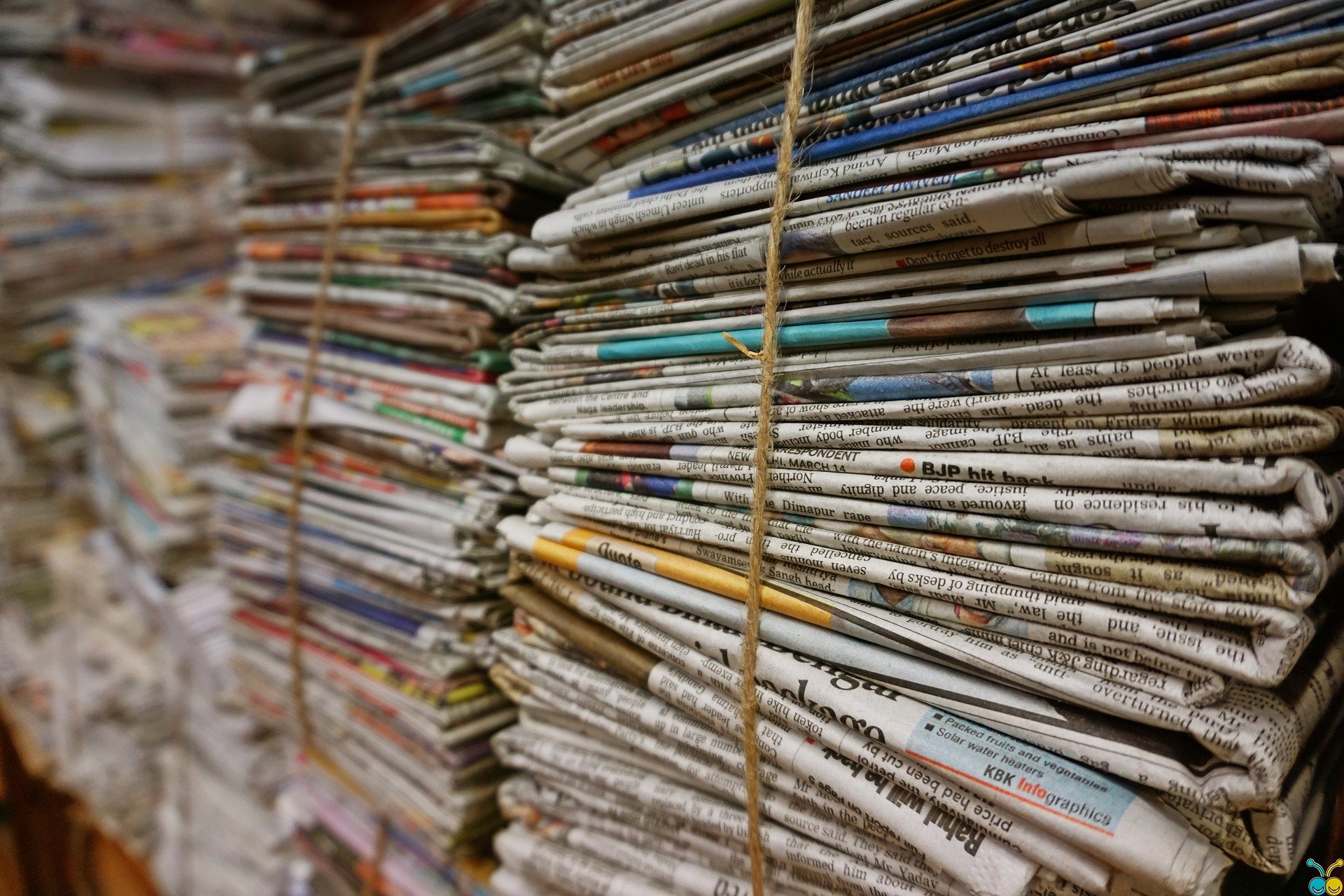Government data on Thursday is expected to show that higher interest rates are taking a toll on the U.S. economy, but that free-spending consumers are keeping a recession at bay, at least for now.
Gross domestic product, adjusted for inflation, probably rose at a rate of about 1.9 percent in the first quarter of the year, according to estimates compiled by FactSet. That would be a slowdown from the 2.6 percent growth rate in the last three months of 2022 but would nonetheless represent a third straight quarter of growth after output contracted in the first half of last year.
The Federal Reserve has raised rates by nearly five percentage points since early last year in an effort to tamp down inflation. That has led to a sharp slowdown in home building and business investment.
Consumer spending, however, has proved resilient in the face of both rising prices and higher borrowing costs. Consumers have been buoyed by a strong job market and rising wages, which have helped offset high prices.
But data on retail sales suggests that spending slowed as the quarter progressed, and forecasters warn that it could weaken further amid headlines about layoffs, bank failures and warnings of a possible recession.
“Consumer spending is still moving up, but I don’t know how long that can last,” said Ben Herzon, an economist at S&P Global Market Intelligence. “Confidence is weak and has been weakening. You’ve got to wonder, will that soon translate into a pullback in spending?”
A gradual slowdown would be welcomed by Fed policymakers, who have been trying to cool off the economy enough to bring down inflation, but not by so much that it leads to widespread layoffs and unemployment.

